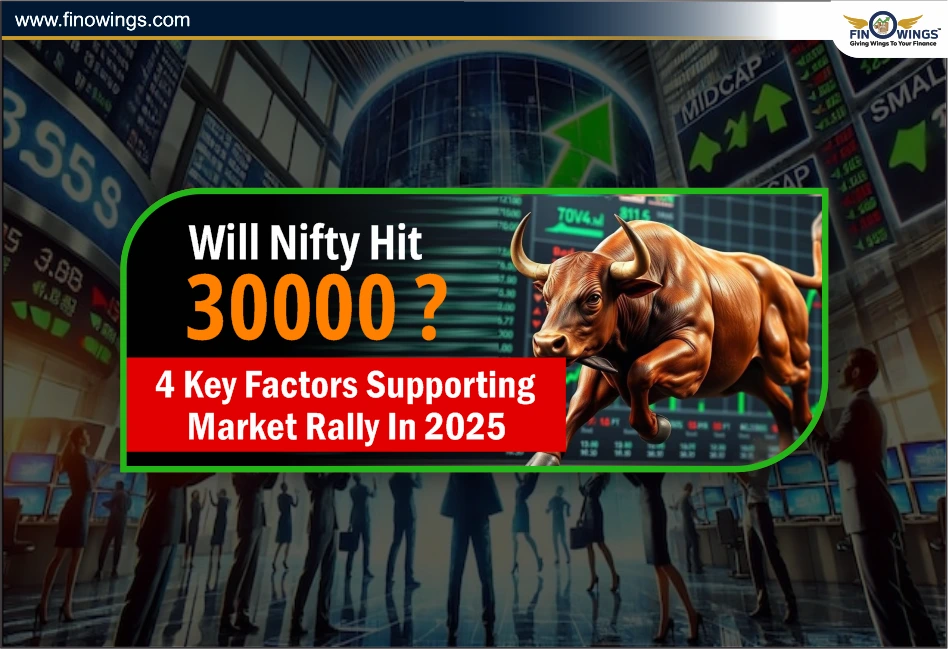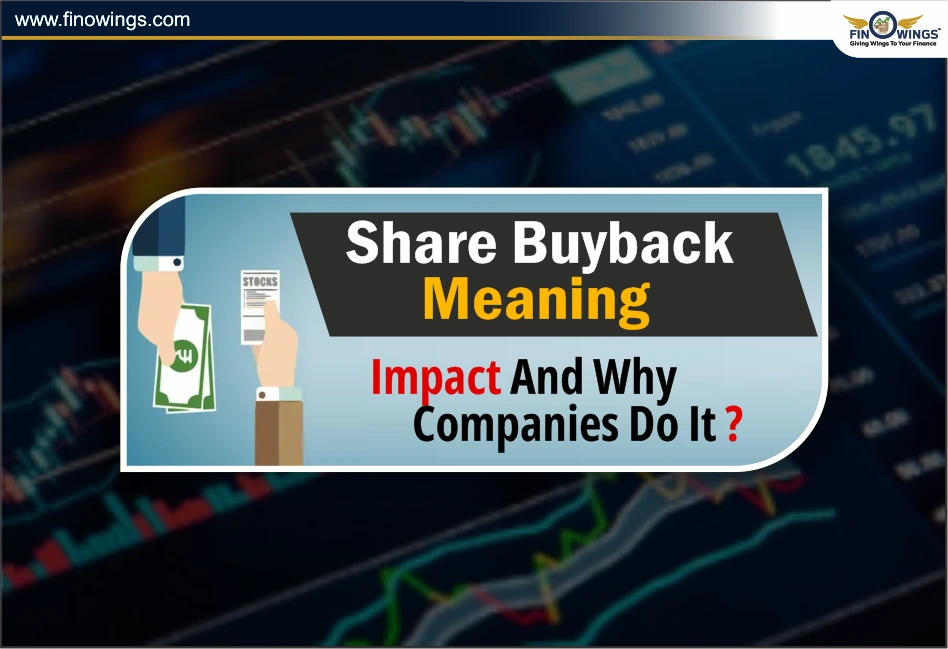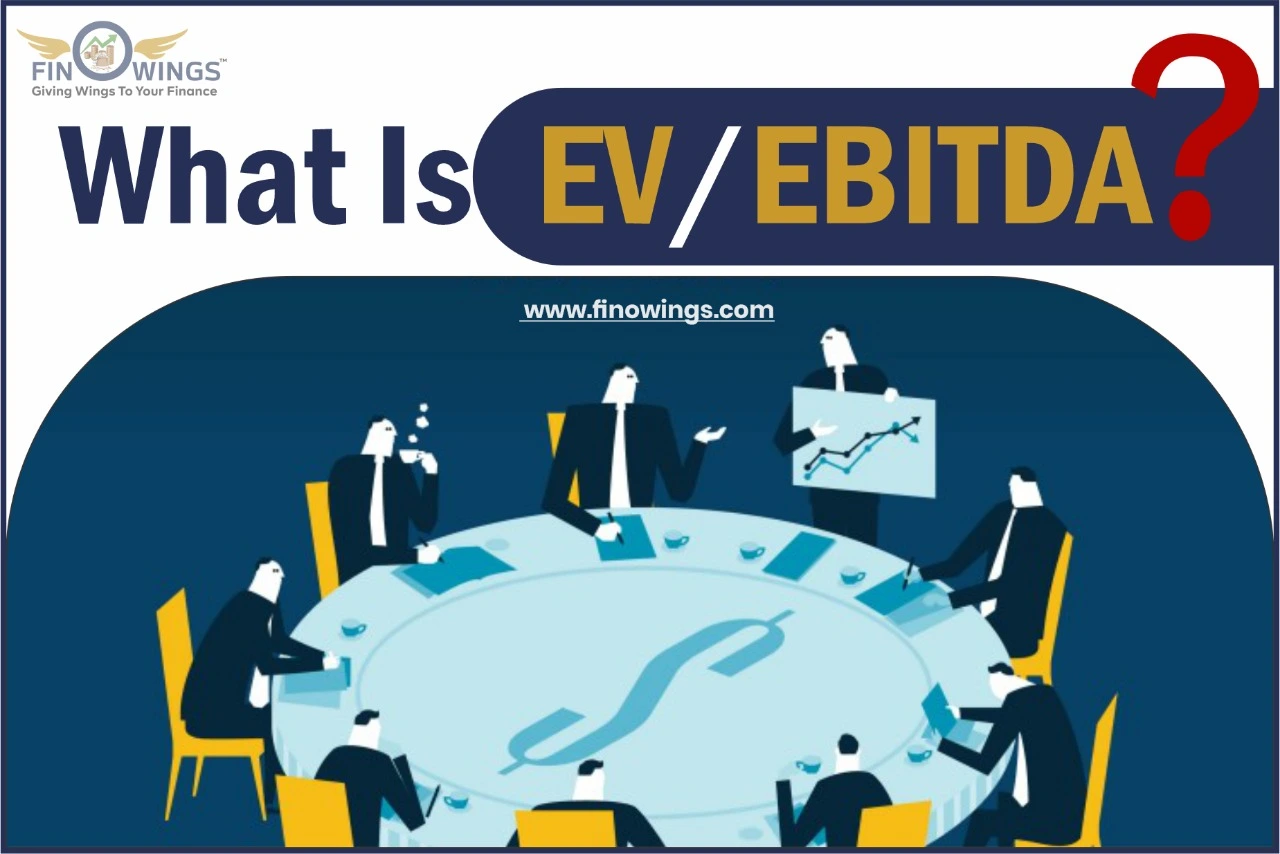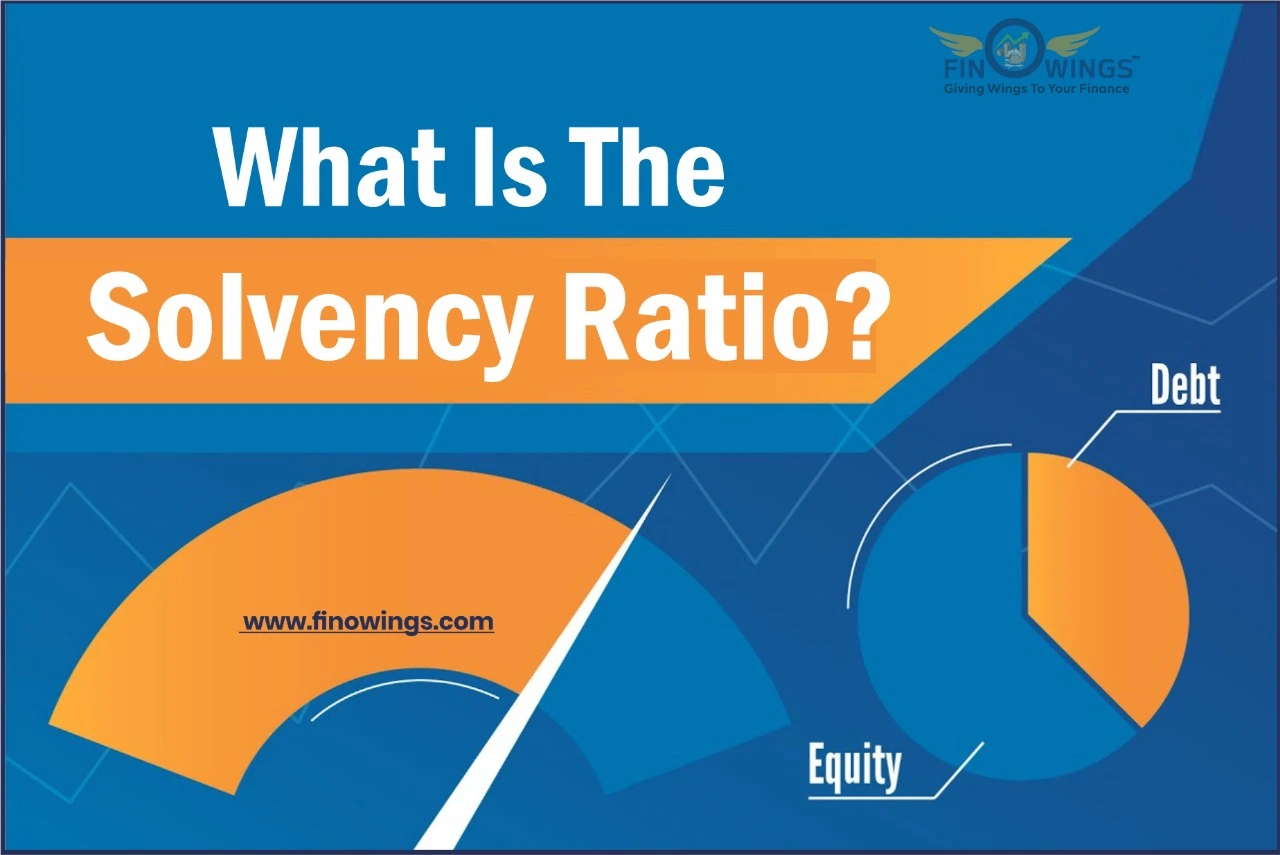Home >> Blog >> Economic Moat - Concept Of Economic Moat & How To Identify Economic Moat?
Economic Moat - Concept Of Economic Moat & How To Identify Economic Moat?

Table of Contents
Economic Moat - Concept Of Economic Moat & How To Identify Economic Moat?
The concept of "economic moat'' indicates a company's competitive advantage over its competitors to safeguard its long-term profitability and market share.
A competitive advantage is generally anything that enables a business to outperform its competitors in terms of profitability.
Narrow vs. Wide Economic Moat
The two forms of economic moats are as follows:
-
Narrow Economic Moat
-
Wide Economic Moat
A narrow economic moat is a marginal competitive advantage over the rest of the market. These moats can still be advantageous, but they usually only last a short while.
On the other hand, the wide economic moat is the competitive advantage for a significant economic moat that is far more long-lasting and challenging to "reach" in terms of market share.
How Businesses Create Economic Moat?
A business can build an economic moat that gives it a sizable competitive advantage in several ways. We'll look at a few different moat construction techniques below.
-
Cost Advantage
An economic moat can be particularly effective if it has a cost advantage that rivals cannot match.
Companies with immense cost advantages can lower the pricing of any rivals trying to enter their market, either driving them out of it or, at the very least, preventing their expansion.
Companies with long-term cost advantages might stifle new competitors that try to enter their market, maintaining a massive market share.
-
Size Advantage
Sometimes, a company's size itself might act as an economic moat. A company reaches economies of scale at a given size. It occurs when an item or service can be produced in greater quantities with less expensive inputs. As a result, finance, promotion, production, and other overhead costs are decreased.
Smaller businesses are compelled to quit the industry or take on smaller "niche" responsibilities. In contrast, large companies that compete in a specific industry typically control the primary market share of that industry.
-
High Switching Costs
There are other benefits to being the biggest fish in the pond. For example, when a business succeeds in dominating a market, suppliers and customers may face steep switching costs if they decide to shift to a new competitor. Due to these high switching costs, rivals need help to overtake their field's market leader.
-
Intangibles
A company's intangible assets, which include patents, brand recognition, government licensing, trademarks, and others, can be used to create another form of economic moat. For example, strong brand awareness enables these enterprises to charge more for their goods than competitors, increasing earnings.
-
Soft Moats
It can be ore challenging to pinpoint some of the causes of an economic moat in a business. For instance, outstanding management or a distinctive business culture may build soft moats. But, even if it's hard to put into words, a company's long-term financial performance may be partially attributed to its distinctive leadership and corporate culture.
Economic moats are typically hard to identify while they are being formed. However, it is much simpler to see its consequences retrospectively once a corporation has achieved enormous success.
From an investor's perspective, it is optimal to invest in developing businesses when they start to profit from a large and long-lasting economic moat. The durability of the moat is crucial in this situation. A corporation gains more for itself and its stockholders the longer it can keep generating profits.
How To Identify An Economic Moat?
-
Unit Economics
A company's economic moat will be visible in its unit economics as consistent operational performance and profit margins above average compared to the industry.
Most of the time, businesses with economic moats have better profit margins due to favorable unit economics and a carefully controlled cost structure.
One of the earliest indications of an economic moat is often when a company consistently has a more robust margin profile than the rest of the market.
-
Differentiation / Value Proposition
A business does not automatically have a moat just because its margins are high—there must also be a definite competitive advantage.
To put it another way, there must be a distinctive value proposition or a compelling justification for the longevity of future revenues (e.g., cost advantages, patents, proprietary technology, network effects, branding).
The elements should also present entry barriers for new competitors in the market, such as high switching costs or capital needs, and should be highly challenging for them to reproduce.
-
Return on Capital Invested (ROIC)
The company's free cash flow (FCFs) is directly related to its ability to invest in operations and expand.
The more effectively a business can transform its cash flows from operations into free cash flow (FCF), i.e., FCF conversion and FCF yield: the better ROIC and the more cash flows are accessible for usage.
A company must identify its competitive advantage to build a long-term economic moat. Still, it must also understand that its ability to generate profits will depend on ongoing modifications to conform to shifting conditions as new trends materialize (e.g., Microsoft).
Top Moat Companies in India
-
Asian Paints
One of the most obvious stocks on this list is Asian Paints. Over the years, the company successfully turned generic paint into the Asian Paints brand. They presently hold the biggest market share in India, at about 55%. It is also the third-largest paint manufacturer in Asia. The business has also demonstrated a solid track record of steady expansion.
-
Shree Cements
One of the most expensive cement stocks in the world is the shares of Shree Cements.
They most recently entered a select group of businesses having a Mcap of Rs. 1 trillion. The company's low manufacturing costs in the cement business have been one of the giant moats it has built around itself.
-
Avenue Supermarts
Radhakishan Damani started the Indian network of hypermarkets Avenue Supermarts Ltd., also known as DMart, in 2002. They have 284 stores as of 2022 and are distributed throughout the nation.
Again, the size of the hypermarket is one of its main advantages. Offering its customers one of the lowest costs assisted it in creating a moat. Due to their scale and ability to produce large sales volumes, companies can bargain with suppliers to purchase goods at lower prices in large quantities. Because of this, their stores sell things for less money than those of their rivals.
-
Titan
One of the most successful wealth producers in modern times has been Titan. It also contributed significantly to Rakesh Jhunjhunwala, the Big Bull, amassing his wealth. Titan, a 1984-founded company, is a member of the Tata Group.
They are a lifestyle business that produces and sells trendy accessories like jewelry, watches, and eyewear. In addition, they launched the Fastrack brand in Indian marketplaces and control more than 60% of the local organized watch market. Additionally, Titan is the world's fifth-largest watch manufacturer.
Titan sells jewelry through its Tanishq brand, India's largest manufacturer of branded jewelry. Strong customer loyalty helps titan companies like Tanishq stand out from the competition.
-
Pidilite
Pidilite Industries Limited is an Indian adhesives manufacturer with FeviKwik, Dr. Fixit, M-seal, Acron, etc., as some of their brands.
In the Indian market for industrial chemicals and adhesives, their top brands own a 70% market share. When a corporation controls such a sizable percentage of the market, competitors have very little room for maneuver.
Conclusion
A business's ability to maintain a competitive advantage over its competitors to sustain market share and profits is an economic moat. An economic moat is any strategy a company does to keep itself ahead of the competition.

















